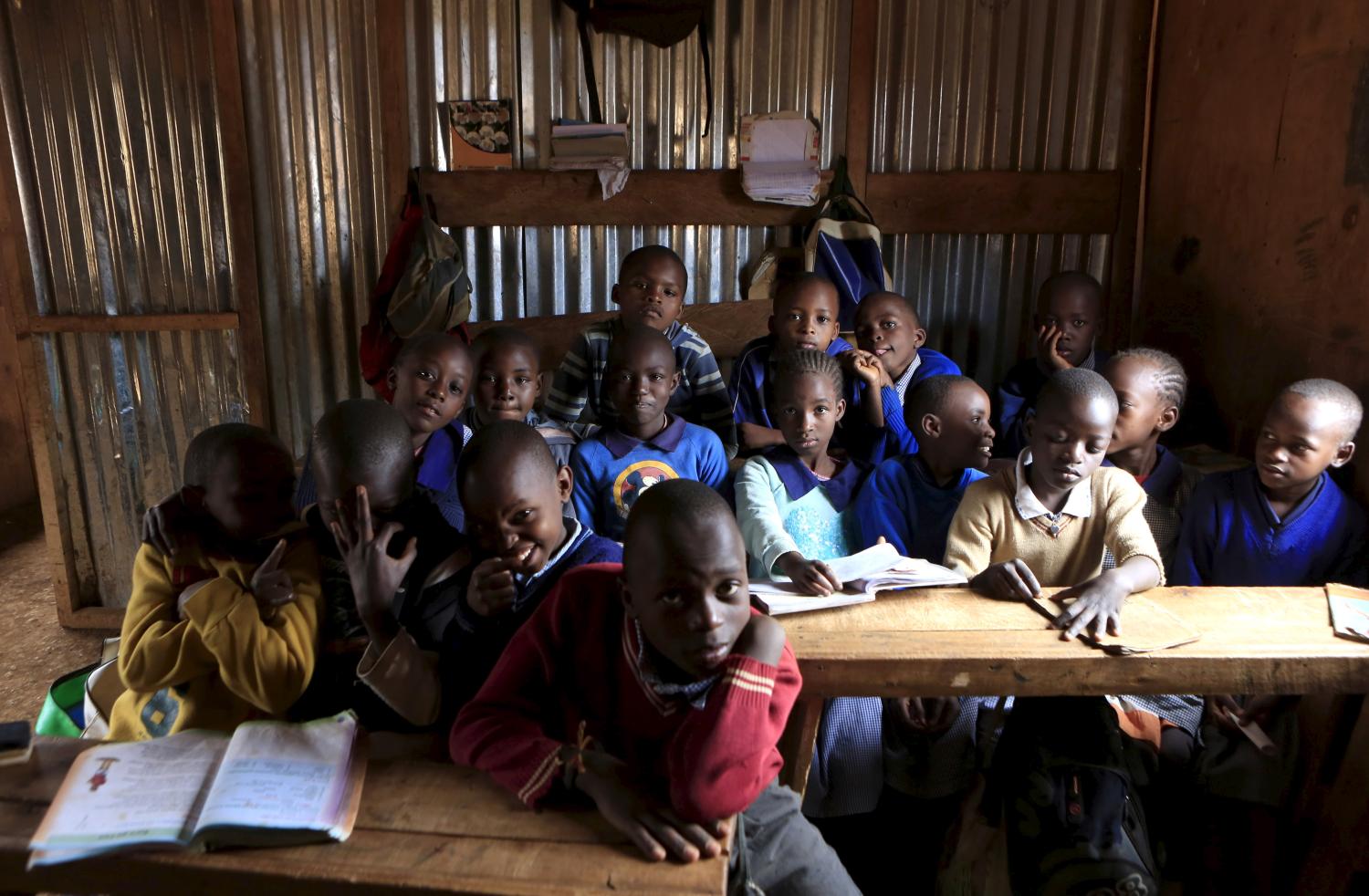EXECUTIVE SUMMARY
Parents, educators, government ministers and policymakers in all contexts and countries around the world are concerned with learning and how to improve it. There are many reasons for this, but none is more important than the fact that learning is at the heart of success at the individual, community and global levels. Learning First is the title of this report, with the strong implication that learning should be the foremost goal of education policies worldwide.
The present review seeks not only to explain why this is the case but also focuses on what we need to know—that is, what research is needed—in order to improve learning in the decades to come, particularly among those children most in need. This question is addressed in the following six sections.
- Learning Goals and Research. The first section begins with a historical synopsis of international education goals put forward in 1990 at the World Conference on Education for All in Jomtien (Thailand), in 2000 at the Education for All conference in Dakar, and later in 2000 as a part of the UN Millennium Development Goals for 2015. In 2011, the Center for Universal Education at the Brookings Institution published A Global Compact on Learning: Taking Action on Education in Developing Countries, which stated that there is a “global learning crisis—which affects children and youth who are out of school with limited learning opportunities and those who are in school but not learning the skills they need for their futures.” The present review of learning research in low-income countries follows from that report. The overall purpose is to explore the most pressing learning issues today that require further research attention in the years to come.
- Learning Definitions and Contexts. This section reviews how the field of education has defined learning over the years. Here, learning is defined as a modification of behavior due to experience—such as in knowledge, skills, attitudes and values. Three main principles of effective learning are suggested: individual active involvement, social participation, and meaningful engagement. As a way to emphasize the importance of learning contexts, three individual stories—Illa, a four-year-old Quechua-speaking girl in Peru; Pawan, an eight-year-old primary school student in urban India; and Rachida, a young illiterate woman in rural Morocco—are provided in order to better explain the importance of learning as a culturally specific phenomenon. These stories help to illustrate a more general learning framework, encompassing the relationship between two dimensions of learning—its processes and contexts. A discussion follows concerning the need to disaggregate learners and their learning contexts—between countries and within countries—as a way to overcome frequent and simplistic generalizations about how the “average” child learns.
- Global Change and the Contexts of Learning. This section considers the issue of global change on how learning and learning contexts are being transformed around the world. For example, researchers need to pay more attention to the impact of migration on children’s learning and on educational systems more broadly. In each instance of translocation, children confront the challenges of adapting to a new environment that may include different languages, dialects or cultures within the nonformal learning contexts of daily life. Similarly, in formal education contexts, student migrants have to cope with contrasts in culture, lifestyle and language of schooling, and demonstrate skills and achievement that may vary dramatically with their culture of origin. Other changes due to globalization include increased multilingualism in schools, growing overcrowding in classrooms, inability to keep up with teacher training, changes in intergenerational learning, and the growing importance of 21st-century skills. Based on these observations, it is suggested that learning contexts and needs should be understood as a shifting target.
The Brookings Institution is committed to quality, independence, and impact.
We are supported by a diverse array of funders. In line with our values and policies, each Brookings publication represents the sole views of its author(s).




